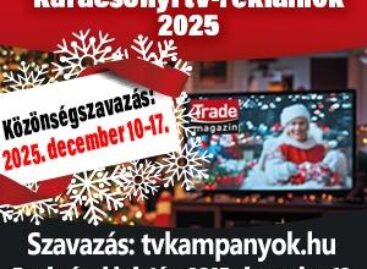Nestlé ice cream for children – a case study
Only two out of the sixteen lectures presented at the Esomar conference held in Milan, in May dealt with experience accumulated in central or eastern Europe. This time, we will give you a brief outline of the successful Nestlé communication campaign conducted in Poland to boost ice cream sales. The question asked by Malgorzata Blachowska, market research manager of Nestlé Polska in the introduction to her presentation was “How can market research support effective communication?” The head of the ice cream division of the Polish Nestlé subsidiary wanted a high impact ad aimed at children two years ago. He also wanted help from market researchers in preparing the brief for the advertising agency. After a few days, Malgorzata came up with the idea of an experiment involving “cross-functional” collaboration between different workgroups. There was nothing new in the procedure followed, but the approach was innovative. More people participated than usual and all of them felt committed to the common cause. After defining objectives, all participants in the project attended a workshop where market researchers from Nestlé and their contracted partner presented everything they had discovered about consumers and gave practical advice on how to approach consumers. Participants in the project included staff from the marketing, sales and market research departments, as well as representatives of the contracted market research agency. Regardless of the analysis, Nestlé had organised a program under the title “Relationship with consumers”. All participants of the project visited two or three consumers (children) in their homes and had them interviewed. It was a revelation for members of the team to be able to talk to the children and their parents, often saying exactly the opposite, like “I like coloured ice cream” and “I hate to buy coloured ice cream, because my son keeps staining his clothes with it”. They talked about things like free time, hobbies, movies, favourite sweets and ice creams. The Nestlé team was able to see how children live, play and think and all the little details observed had an influence on the system of communication developed, especially the facts related to television. Experience acquired in children’s homes helped to understand them better and to see the world the way they see it. Without this experience, results of the analysis would not have been interpreted correctly. “Cross-functional” collaboration, or getting everybody involved right from the beginning of the project allowed them to work with maximum efficiency. All participants felt motivated and were perfectly informed about every detail. Their findings were translated into a creative concept by people who had participated in the project right from the beginning and this concept proved to be even more successful than expected.
Related news
Related news
Signature 40 – the region’s new common language: An interview with founders Márton Nagy and Ádám Vaszary on the new dimension of the Signature Platform in 2026
🎧 Hallgasd a cikket: Lejátszás Szünet Folytatás Leállítás Nyelv: Auto…
Read more >Superbrands celebrated again in 2025
🎧 Hallgasd a cikket: Lejátszás Szünet Folytatás Leállítás Nyelv: Auto…
Read more >(HU) Karácsonyi tv-reklámok 2025 – indul a közönségdíj szavazás
🎧 Hallgasd a cikket: Lejátszás Szünet Folytatás Leállítás Nyelv: Auto…
Read more >



